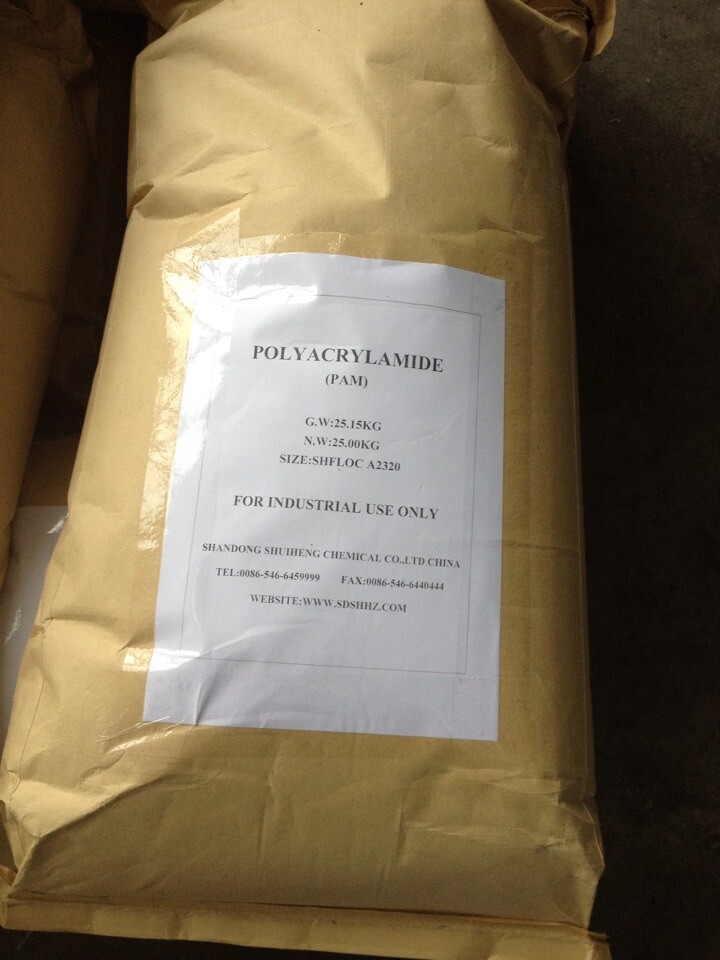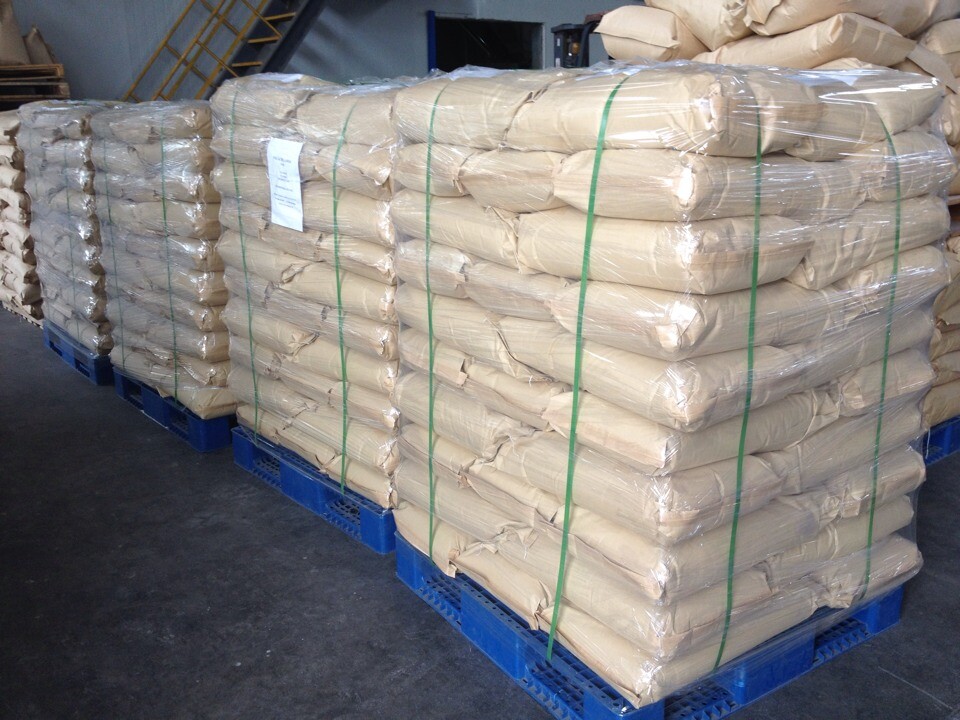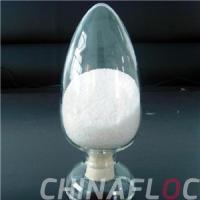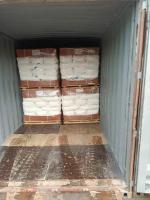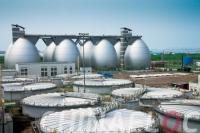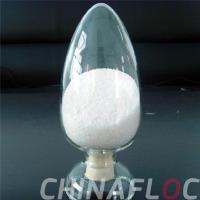Polyacrylamide is a linear polymer comprised of monomers unit with functional groups of amide that adsorb on to the surface of particles. These particles are bridged together by the long polymer chain drawing the particles closer together. This process is called flocculation and is widely used in wastewater treatment.
PAM CHARACTERISTICS
FLOCCULATION PAM has the ability to bridge together particles suspended in solution by an adsorption process. Polymers often have electrostatic charges that allow for surface particle neutralization resulting in flocculation.
ADSORPTION AND ADHESION PAM creates reversible covalent bonds between particle surfaces allowing the particle to gain size and mass.
FRICTION REDUCTION PAM can effectively reduce fluid friction in a pipe. The friction loss can be minimized by 50-80% with small amounts of PAM added to a liquid.
THICKENING PAM is used to thicken a variety of sludges in both neutral and acidic conditions. PAM used for thicken can have additional structures such as branched and cross-linked. PAM will hydrolyze at pH values above 10.
When aqueous PAM solutions are mixed with sewage, the active amide groups on the polymer chain adsorb onto the surface of suspended material in the sewage and created bridges between them such that they now begin to exclude water from their newly formed structure. Once a small particle, now form larger flocs which can improve sedimentation rates in clarifiers, floatation rates in DAF systems and water removal in sludge thickening equipment. PAM is widely used in domestic sewage treatment, mining tailings pulp & paper making, petrochemicals, chemicals, textiles, oil sands and mining industries.
OUR PRODUCT CHARACTERISTICS
ITEMS ANIONIC PAM CATIONIC PAM NON-IONIC PAM AMPHOTERIC PAM
PARTICLE SIZE (MM) 0.15 0.15 0.15 0.15
DRY WEIGHT (%) >89 >89 >89 >89
DISSOLUTION TIME (HOUR) <1 <1 <1 <1
INSOLUBLE (%) <0.2 <0.2 <0.2 <0.2
MOLECULAR WEIGHT (MILLION) 3-29 3-16 3-15 8-15
RELATIVE CHARGE (%) 10-40 5-80 3-10 -
ANIONIC CHARGE (%) - - - 5-15
CATIONIC CHARGE (%) - - - 5-50
RESIDUAL AM (PPM) <500 <500 <500 <500
PH RANGE 5-14 2-14 3-10 1-14
APPLICATION
Anionic PAM: It is widely used in waste water treatment of chemical industry, municipal sewage treatment, such as coal washing, mineral processing, metallurgy, iron and steel industry and electronic industry. It is also used in oil industry to enhance oil recovery which is widely used. In addition, it can be used as paper additives and textile pulp agent.
Cationic PAM: It is very efficient in usage and has high dehydration rate. It is used for the waste water treatment in alcohol factory, monosodium glutamate factory, sugar factory, beverage factory, tanneries, dyeing and other fields. It has a better effect to be used together with inorganic coagulant in particular. It can be used as paper additives as well.
Non-ionic PAM: It is the most appropriate to use NPAM, when the sewage is acidic. It is also used as agents for the textile pulp, paper chemicals, water shutoff agent, and etc.Because of its non-ionic functional group, PH value and salts have a little influence on NPAM’s flocculation. In the neutral or alkaline conditions, the flocculation effect is not as good as APAM, but better than APAM in acidic conditions.
Amphoteric PAM: It can be used in a wide range of PH value. It can also be used in ore leaching with strong acid or extract valuable metals from the acid catalyst with metals. Amphoteric ion is not the mixing of anionic and cationic. It is applied to all kinds of waste water treatment like oil contamination, organic sewage, inorganic sewage, complex sewage with frequently water quality changing and sludge dewatering. It is also used as paper additives, oilfield water shutoff agent, and etc.
PACKAGE
25 Kg paper plastic three-in-one compound woven bags, or according to users’ requirement; Its shelf life is 2 years.
Polyacrylamide is a linear polymer comprised of monomers unit with functional groups of amide that adsorb on to the surface of particles. These particles are bridged together by the long polymer chain drawing the particles closer together. This process is called flocculation and is widely used in wastewater treatment.
PAM CHARACTERISTICS
FLOCCULATION PAM has the ability to bridge together particles suspended in solution by an adsorption process. Polymers often have electrostatic charges that allow for surface particle neutralization resulting in flocculation.
ADSORPTION AND ADHESION PAM creates reversible covalent bonds between particle surfaces allowing the particle to gain size and mass.
FRICTION REDUCTION PAM can effectively reduce fluid friction in a pipe. The friction loss can be minimized by 50-80% with small amounts of PAM added to a liquid.
THICKENING PAM is used to thicken a variety of sludges in both neutral and acidic conditions. PAM used for thicken can have additional structures such as branched and cross-linked. PAM will hydrolyze at pH values above 10.
When aqueous PAM solutions are mixed with sewage, the active amide groups on the polymer chain adsorb onto the surface of suspended material in the sewage and created bridges between them such that they now begin to exclude water from their newly formed structure. Once a small particle, now form larger flocs which can improve sedimentation rates in clarifiers, floatation rates in DAF systems and water removal in sludge thickening equipment. PAM is widely used in domestic sewage treatment, mining tailings pulp & paper making, petrochemicals, chemicals, textiles, oil sands and mining industries.
OUR PRODUCT CHARACTERISTICS
ITEMS ANIONIC PAM CATIONIC PAM NON-IONIC PAM AMPHOTERIC PAM
PARTICLE SIZE (MM) 0.15 0.15 0.15 0.15
DRY WEIGHT (%) >89 >89 >89 >89
DISSOLUTION TIME (HOUR) <1 <1 <1 <1
INSOLUBLE (%) <0.2 <0.2 <0.2 <0.2
MOLECULAR WEIGHT (MILLION) 3-29 3-16 3-15 8-15
RELATIVE CHARGE (%) 10-40 5-80 3-10 -
ANIONIC CHARGE (%) - - - 5-15
CATIONIC CHARGE (%) - - - 5-50
RESIDUAL AM (PPM) <500 <500 <500 <500
PH RANGE 5-14 2-14 3-10 1-14
APPLICATION
Anionic PAM: It is widely used in waste water treatment of chemical industry, municipal sewage treatment, such as coal washing, mineral processing, metallurgy, iron and steel industry and electronic industry. It is also used in oil industry to enhance oil recovery which is widely used. In addition, it can be used as paper additives and textile pulp agent.
Cationic PAM: It is very efficient in usage and has high dehydration rate. It is used for the waste water treatment in alcohol factory, monosodium glutamate factory, sugar factory, beverage factory, tanneries, dyeing and other fields. It has a better effect to be used together with inorganic coagulant in particular. It can be used as paper additives as well.
Non-ionic PAM: It is the most appropriate to use NPAM, when the sewage is acidic. It is also used as agents for the textile pulp, paper chemicals, water shutoff agent, and etc.Because of its non-ionic functional group, PH value and salts have a little influence on NPAM’s flocculation. In the neutral or alkaline conditions, the flocculation effect is not as good as APAM, but better than APAM in acidic conditions.
Amphoteric PAM: It can be used in a wide range of PH value. It can also be used in ore leaching with strong acid or extract valuable metals from the acid catalyst with metals. Amphoteric ion is not the mixing of anionic and cationic. It is applied to all kinds of waste water treatment like oil contamination, organic sewage, inorganic sewage, complex sewage with frequently water quality changing and sludge dewatering. It is also used as paper additives, oilfield water shutoff agent, and etc.
PACKAGE
25 Kg paper plastic three-in-one compound woven bags, or according to users’ requirement; Its shelf life is 2 years.
Полиакриламид является линейным полимером, состоящив из блока мономеров с функциональными группами амида, которые адсорбируют на поверхности частиц. Эти частицы соединяются друг с другом посредством длинных полимерных цепей в рисунок частицы сближаются. Этот процесс называется флокуляции и широко используется для очистки сточных вод.
ХАРАКТЕРИСТИКИ ПОЛИАКРИЛАМИДА
|
ФЛОКУЛЯЦИЯ
|
ПАА имеет свойство чтобы делать мосты между частиц, взвешенных в растворе с помощью процесса адсорбции. Полимеры часто имеют электростатические заряды, которые разрешают частицам на поверхности нейтрализовать в течение флокуляции.
|
|
АДСОРБЦИЯ ИАДГЕЗИЯ
|
ПАА создает обратимые ковалентные связи между частиц на поверхности, разрешая частицам повышать размеры и массу .
|
|
СНИЖЕНИЕТРЕНИЯ
|
ПАА может эффективно уменьшить трение жидкости в трубе. Потери из за трения может быть к минимуму на 50-80% с небольшой добавления ПАА в жидкости .
|
|
УТОЛЩЕНИЕ
|
ПАА использован для утолщенияразличные осадок в нейтральных и кислотных условиях. ПАА дляутолщения может иметь дополнительные структуры, например разветвленные и поперечно-сшитый. ПАА будет гидролизовать когда PН выше чем 10 .
|
Когда растворы Полиакриламида смешивают со сточными водами , активные амидные группы на полимерной цепи адсорбируются на поверхности взвеси в сточных водах и создают мосты между них, поэтому они теперь начинают исключить воду из их новых структур. После того, как малые частицы изменяют на более крупные хлопья, которые могут улучшить осаждения в осветлителей, ставку флотации в DAFсистеме и водоотведения в оборудовании сгущения. Полиакриламид широко использован для бытовой очистки сточных вод, минеральной, бумажной , нефтехимической, текстильной, нефтяной и других промышленности.
ПАРАМЕТЕРЫ НАШИХ ПРОДУКТОВ
|
ПУНКТЫ
|
Анионный
|
Катионный
|
Неионогенный
|
Амфотерный
|
|
РАЗМЕР ЧАСТИЦ(MM)
|
0.15
|
0.15
|
0.15
|
0.15
|
|
ТВЕРДОЕ СОДЕРЖАНИЕ(%)
|
>89
|
>89
|
>89
|
>89
|
|
ВРЕМЯ РАСТВОРЕНИЯ (мин)
|
<60
|
<60
|
<60
|
<60
|
|
НЕРАСТВОРИМЫЕ(%)
|
<0.2
|
<0.2
|
<0.2
|
<0.2
|
|
МОЛЕКУЛЯРНЫЙ ВЕС
|
3-29
|
3-16
|
3-15
|
8-15
|
|
ОТНОСИТЕЛЬНАЯЗАРЯД
|
10-40
|
5-80
|
3-10
|
-
|
|
АНИОННЫЙ ЗАРЯД
|
-
|
-
|
-
|
5-15
|
|
КАТИОННЫЙ ЗАРЯД
|
-
|
-
|
-
|
5-50
|
|
ОСТАЛЬНЫЙ АКРИЛАМИД
(РММ)
|
<500
|
<500
|
<500
|
<500
|
|
PH СФЕРА
|
5-14
|
2-14
|
3-10
|
1-14
|
ПРИМЕНЕНИЯ:
Анионный Полиакриламид:
широко использован для очистки промышленных сточных вод, муниципальных сточных вод, обогащения уголя и минералов, металлургии, стальной и железной промышленности и электронной промышленности. Он также использован в нефтяной промышленности для повышения нефтеотдачи. Кроме этих, он может быть использован как бумажная добавка и текстильной агент.
Катионный Полиакриламид:
использован для очистки сточных вод из спиртового завода , глутамат натрия завода, сахарного завода , напитков завода, кожевенного завода и других областях, очень эффективный и имеет высокую скорость дегидратации. Лучше использоваться вместе с неорганическим флокулянтом. Онтоже.можетбытьиспользованкакбумажнаядобавка.
Неионогенный Полиакриламид:
Это лучще использовать Неионогенный Полиакриламид, когда сточные воды являются кислым, также использован как агент для текстильной целлюлозы, бумажный химикат, водоизоляционный агент итд. С помощью его неионогенной функциональной группой, PHи соли не имеют влияние на его флокуляции. В нейтральных или щелочных условиях, эффективность флокуляции так хорошо, как Анионный, но лучше чем Анионный в кислых условиях.
Амфотерный Полиакриламид:
Он может быть использован в широком PН диапазоне. Он также может быть использован для руды выщелачивания со сильной кислотой или извлечения ценных металлов из кислотного катализатора с металлами. Амфотерные ион не является смешиванием анионных и катионных, использован для всех видов очистки сточных вод, как нефтяное загрязнение, органические сточные воды, неорганические сточные воды, сложный сточных вод с частой сменой качество воды и обезвоживания осадка, также использован как бумажная добавка, нефтепромысловый водоизоляционный агент, и т.д.
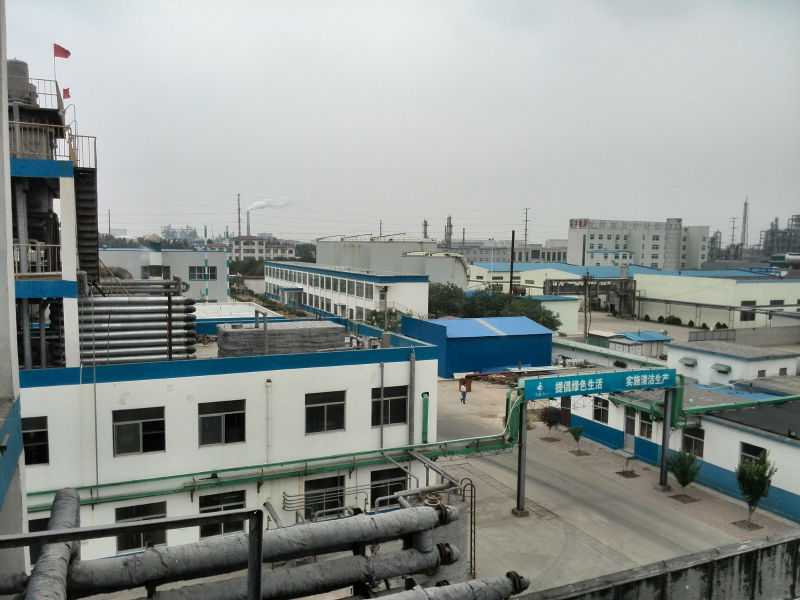
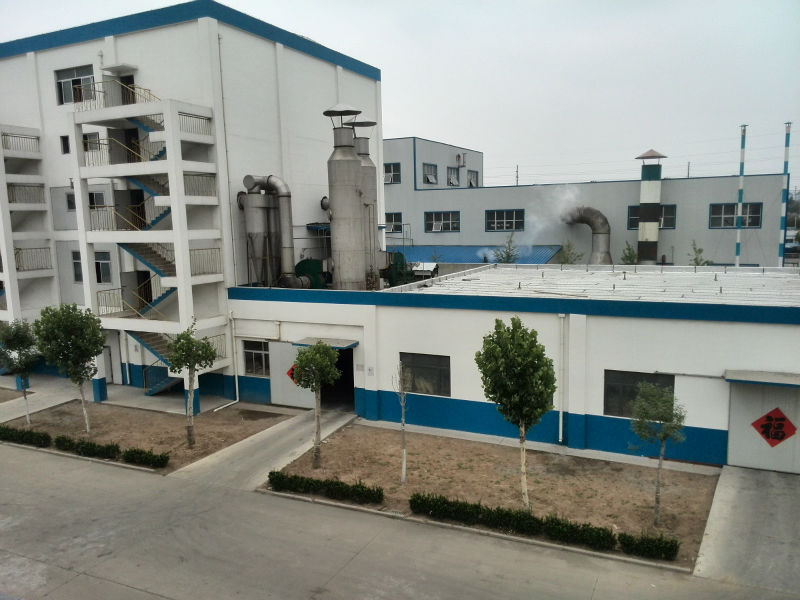
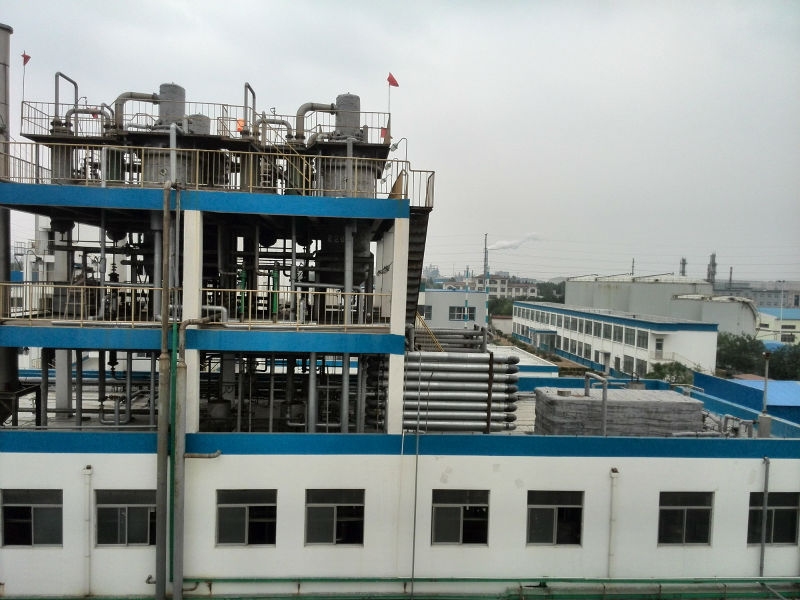
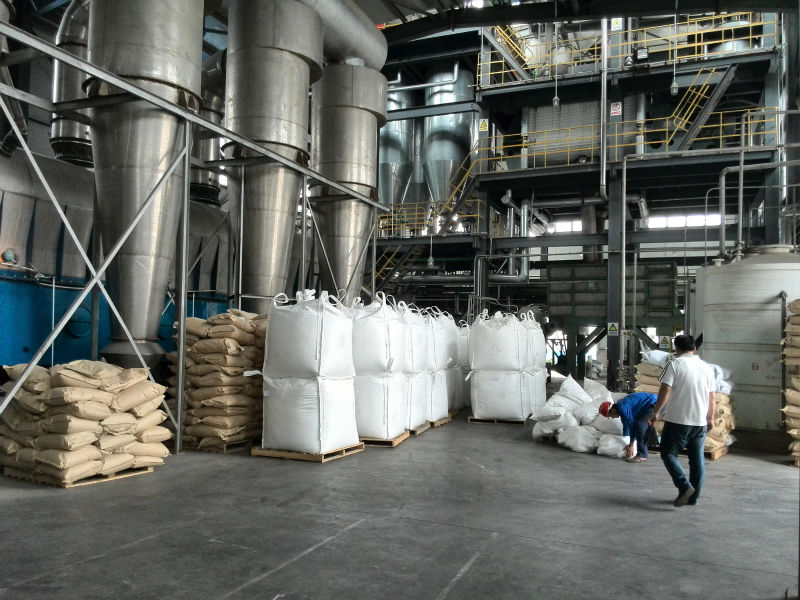
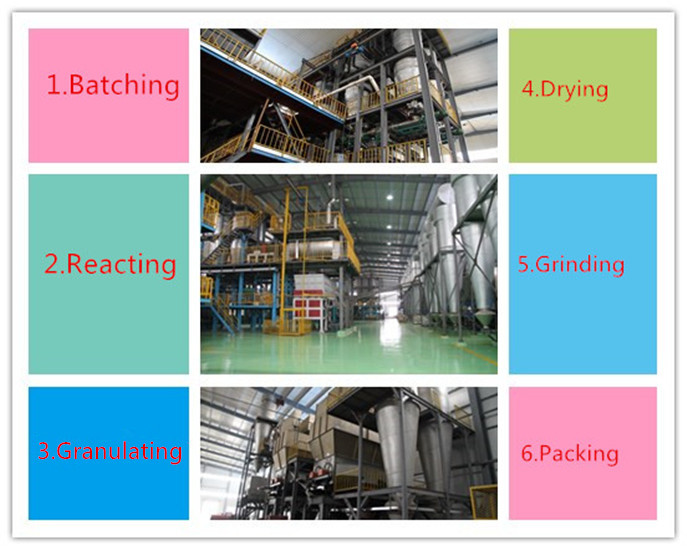
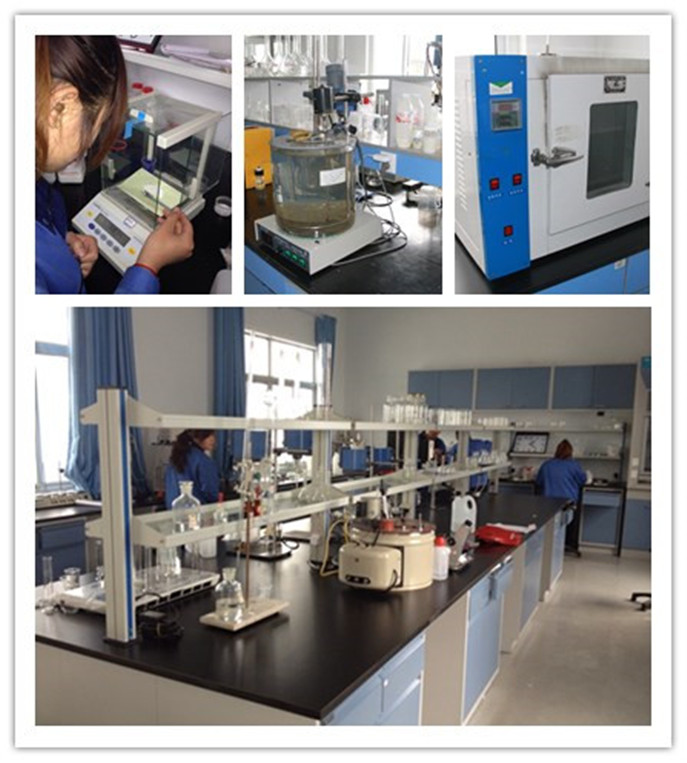
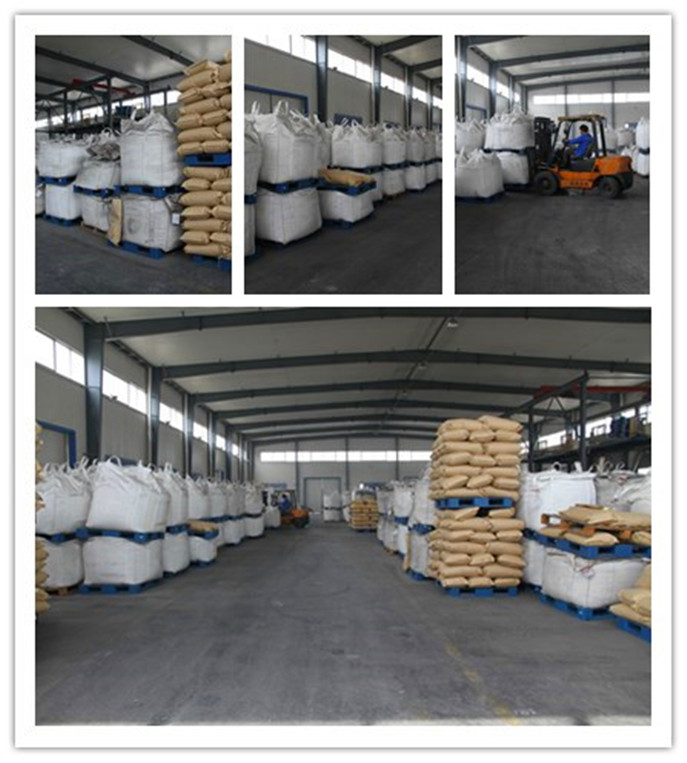
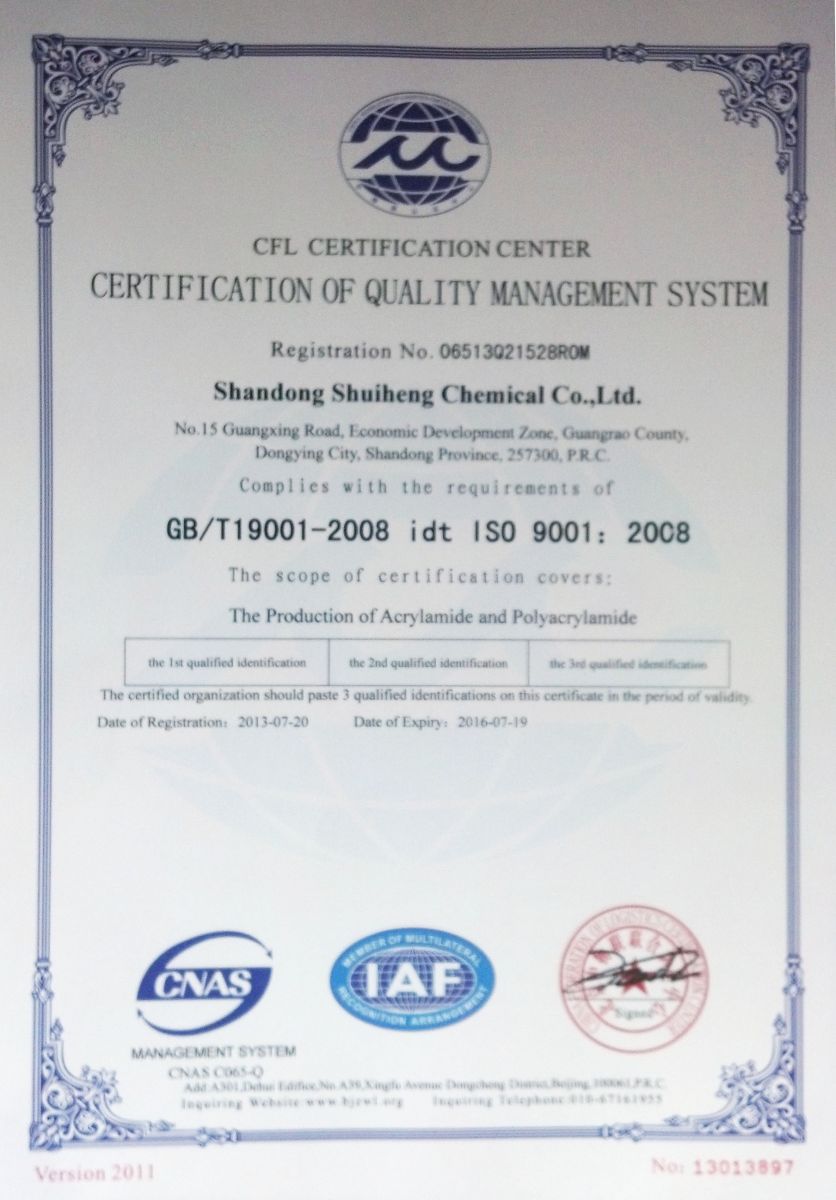
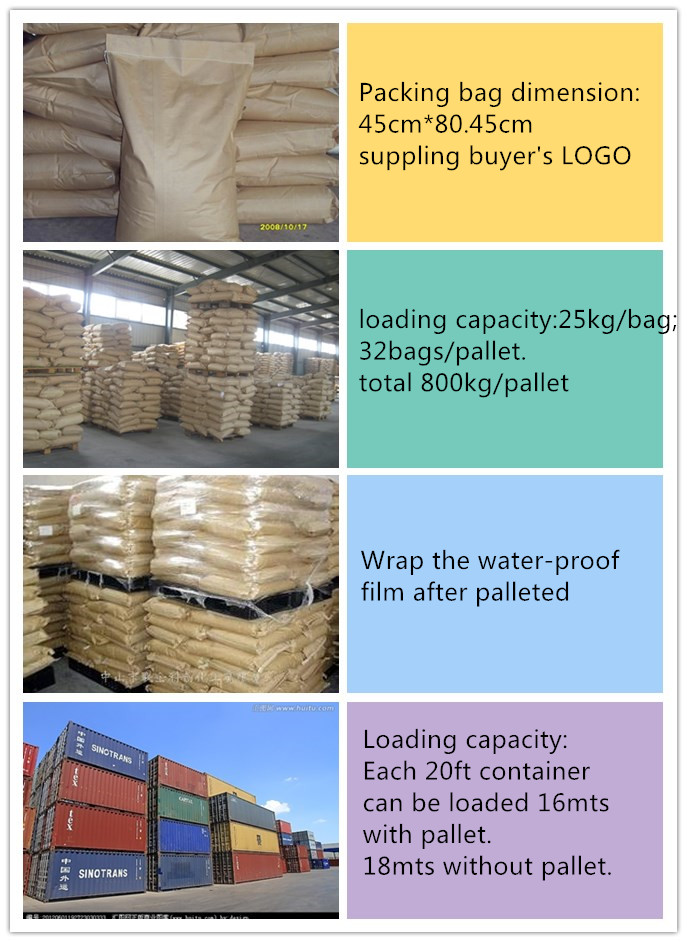
25 кг мешка, или в соответствии с вашим потребностью.
Срок гарантии:2 года
